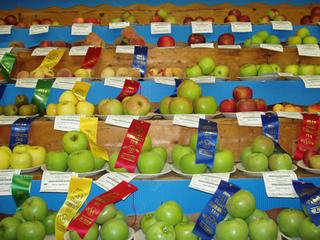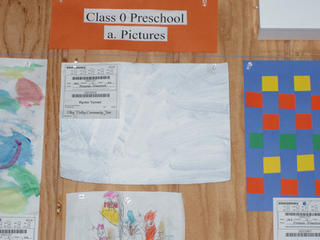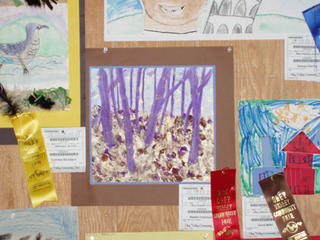Fear no art...unless it offends you.
Speaking of message...I came across an article in ARTNews from September of this year, which addresses the possible tensions between cultural institutions and the new World Trade Center redevelopment site. The Drawing Center, an institution which has been growing in reputation and stature these past few years, was one of the venues chosen to be part of this new downtown site.
www.drawingcenter.org
But, lo and behold, it surfaced, through unnamed sources, that the Drawing Center, now located in Soho, has displayed art that was "critical of the U.S. government." (Omyword, what a terrible thing!!) So, ever the vigilante, Governor Pataki stated, "We will not tolerate anything on the site that denigrates America, denigrates New York or freedom, or denigrates the sacrifice or courage that the heroes showed on September 11." He continued, stating that arts groups will "have to do that, or they will not be at the memorial site, to the extent I have the ability to do that."
Well, the Freedom Center (another accepted body) quickly said they would comply. The Drawing Center, however, as far as I know since September, is still deciding whether the revitalization of downtown is worth this potential relinquishment of total freedom of speech.
This seems like another ironic instance of a small giving up of an important freedom - that of reasonable dissent (a worthy Jeffersonian ideal) in exchange for a celebration of what those freedoms supposedly caused these victims and heroes to do, and be. There is also a false message here of a unified voice on a particular subject, when really the discussion is quite varied. (Take Professor Ward Churchill of U of Colorado, for instance...remember him?).
http://www.kersplebedeb.com/mystuff/s11/churchill.html
Anyway, I see no reason why art institutions of any sort should cowtow to this ridiculous americanism and bowdlerism - no matter how innoccous it may seem at face-value - if they have any self-respect...regardless of how much it might revitalize a certain area. Why not move to (or even build a branch in) Trenton, or Camden, Drawing Center, and struggle there, if you want to "revitalize"? The Drawing Center is an amazing, amazing space with a magnificent mission...it should definitely not put itself in the position of being stifled by politicos with stilted views on free speech.



















